
The protein that controls cell growth in yeasts. Because humans and yeasts have surprisingly comparable cellular mechanisms, identifying the differences will provide drug developers with new targets.
University of Arizona researchers have found a protein that could be used to produce life-saving antifungals.
Yeasts are everywhere, including within and around our bodies, much like bacteria. And, like bacteria, yeasts may infect you and make you sick. Approximately 150 million people are infected by yeast each year, and about 1.7 million people die from it, primarily immunocompromised individuals.
Yeast cells and human immune system cells use remarkably similar chemical reactions to choose when to grow. Researchers at the University of Arizona have discovered minute differences between the two cell types that may encourage the creation of antifungal drugs that may target disease-causing yeasts in the body while protecting the immune system.
Their research, which was published in the journal eLife, not only has ramifications for drug development but also sheds light on how an ancient growth control pathway that is present in all multicellular organisms evolved through time.
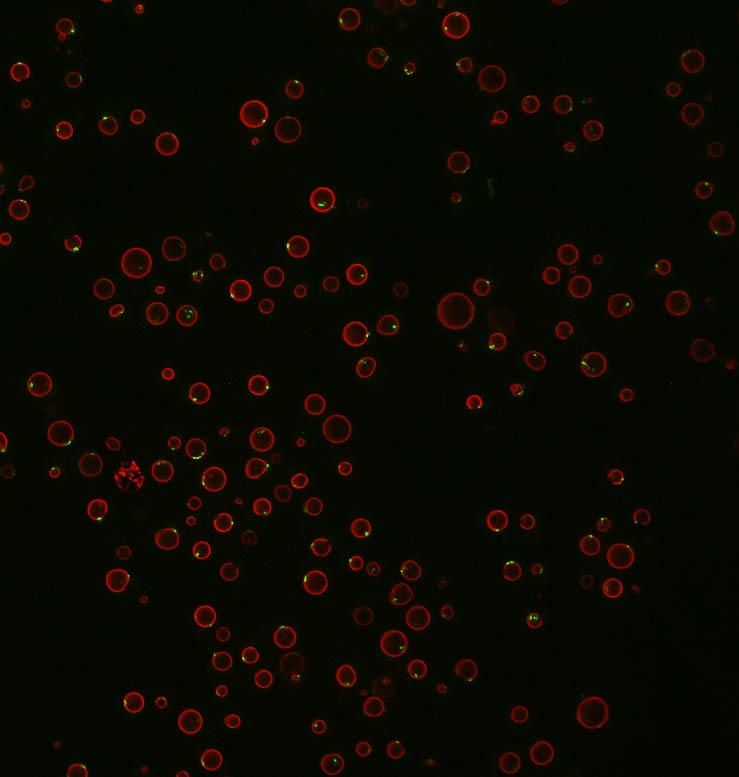
Yeast with a red fluorescent protein marking the vacuole – the nutrient storage compartment of the cell – and a green fluorescent protein marking aggregates of TORC1 that form in cells missing Ait1. Credit: Andrew Capaldi and team
The scientific world is well aware that a protein complex known as TORC1 – short for Target of Rapamycin Kinase Complex 1 – regulates cell growth in everything from humans to yeasts. The protein that initiates this process in yeasts, however, has recently been identified and given the name Ait1. It is a nutrient sensor and TORC1 regulator. When functioning properly, Ait1 shuts down TORC1 in yeast cells when cells lack nutrients, inhibiting cell growth.
“Ait1 is kind of like a hand holding TORC1 in place, with a finger that reaches over the top and flicks TORC1 on and off depending on how many nutrients a cell has,” said study co-author Andrew Capaldi, an associate professor at the University of Arizona Department of Molecular and Cellular Biology and BIO5 Institute member.
The Capaldi Lab is interested in determining how cells sense stress and starvation and then decide how fast to grow. Understanding how TORC1 is triggered in different organisms is important for developing treatments for a wide variety of diseases.
TORC1 was originally discovered in yeast, but it is also critical for the activation of cells in the human immune system to mount a response. When TORC1 isn’t working as it should, it can trigger the development of cancer, diabetes, and various neurological disorders including epilepsy and depression.
“If TORC1 is too active, it can give rise to cancer or epilepsy. If it’s underactive, then it can cause depression,” Capaldi said. “We call this Goldilocks regulation.”
But the fact that human bodies depend on the same TORC1 pathway as yeast presents a problem.
Capaldi said if scientists develop drugs that inhibit the growth of disease-causing yeasts by controlling TORC1, “we are in big trouble since TORC1 also controls the growth of human immune cells and more.”
“As an example, you can block the growth of yeast very easily using rapamycin – a drug that binds directly to and inhibits TORC1 – so that would fight any infection well,” Capaldi said. “However, that very same drug is regularly used in transplant patients to suppress their immune system, so that would be a disaster.”
The researchers found that while the TORC1 pathway is very similar in yeast and humans, humans don’t rely on Ait1 to regulate TORC1. So, drugs that specifically target Ait1 should inhibit the growth of yeast and not human immune cells.
Ait1 has only evolved in the last 200 million years, which is relatively recent in evolutionary terms. About 200 million years ago a TORC1 regulator called Rheb seems to have disappeared from the cells of various organisms exactly when Ait1 evolved.
“We showed that some of the ancient TORC1 regulators found in humans (including Rheb) have been lost in the same yeasts that gained Ait1 200 million years ago,” Capaldi said. “These same ancient regulators have also been lost in the evolution of other single-celled organisms, including many parasites and plants. So, it is very likely that other single-celled organisms gained new regulators – similar to Ait1 – of their own. Now people can go out and look for them, as they will also be good drug targets.”
Reference: “Ait1 regulates TORC1 signaling and localization in budding yeast” by Ryan L. Wallace, Eric Lu, Xiangxia Luo and Andrew P. Capaldi, 1 September 2022, eLife.
DOI: 10.7554/eLife.68773
The study was funded by the National Institute of General Medical Sciences.
The researchers have filed a patent for their discovery as a target for antifungal compounds through Tech Launch Arizona, the university office that commercializes university innovations.

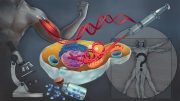

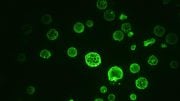
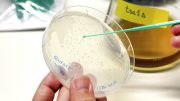
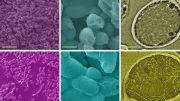
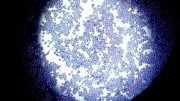

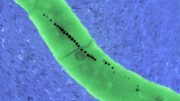
Be the first to comment on "Newly Discovered Protein Could Help Save Lives"